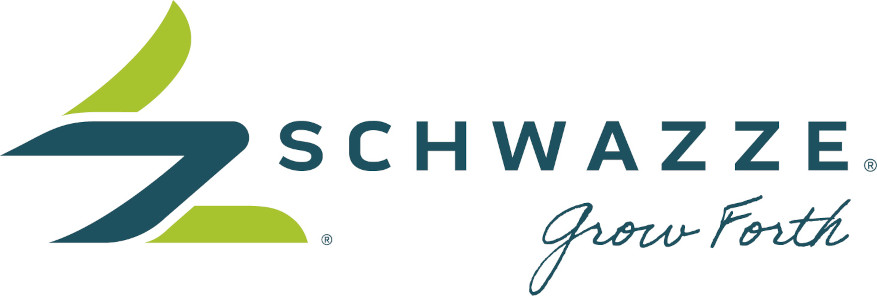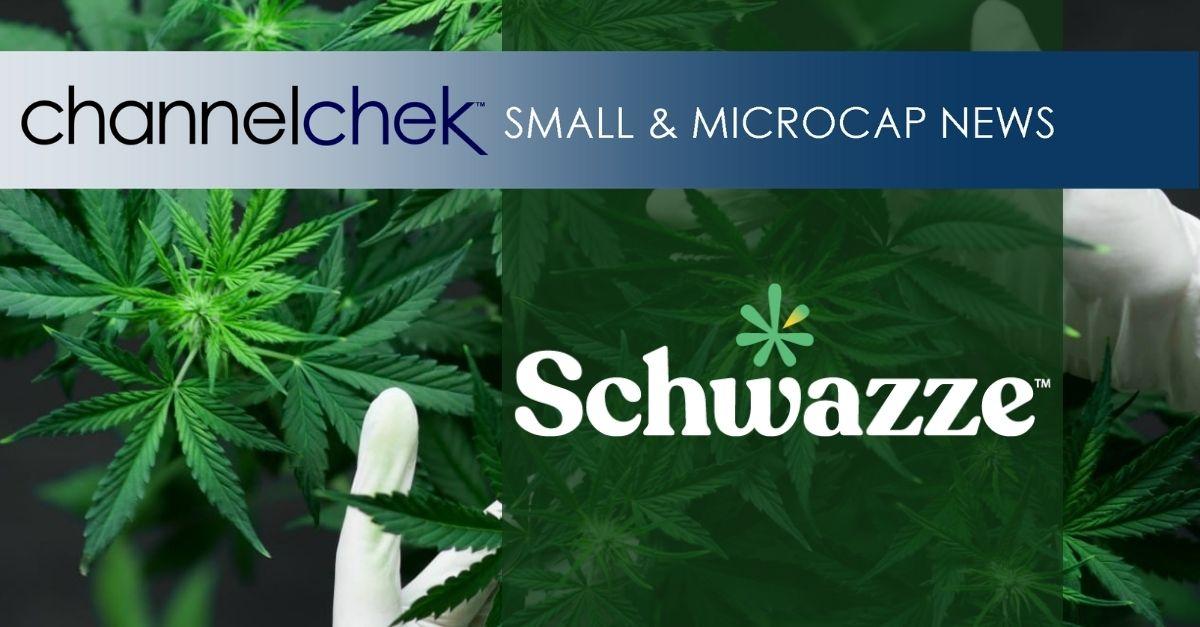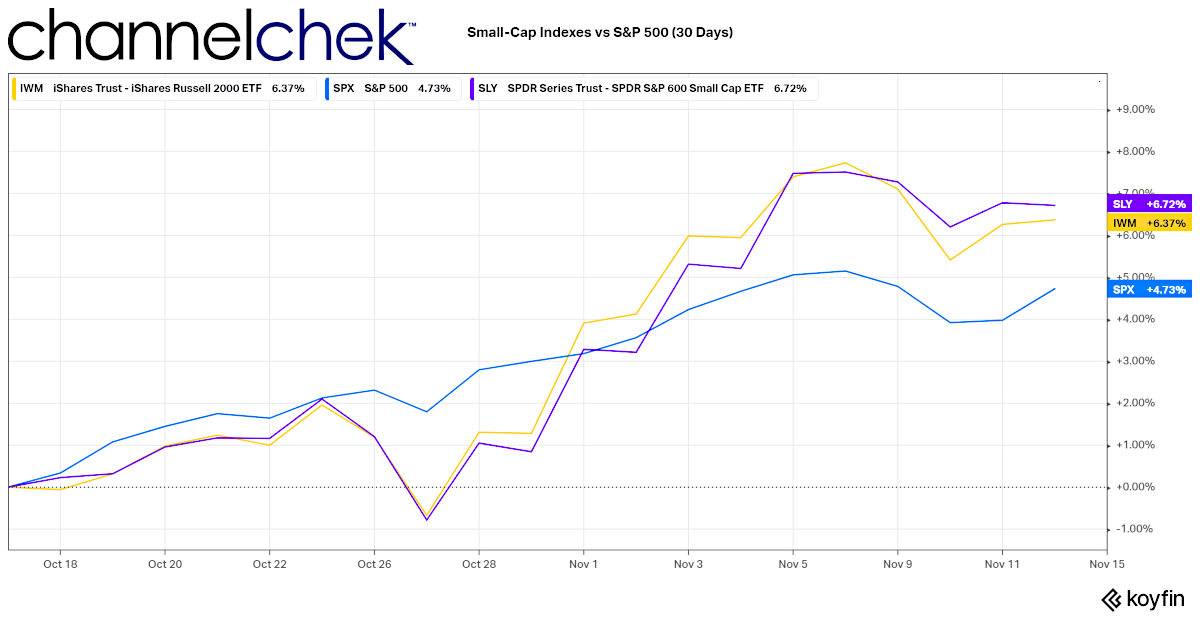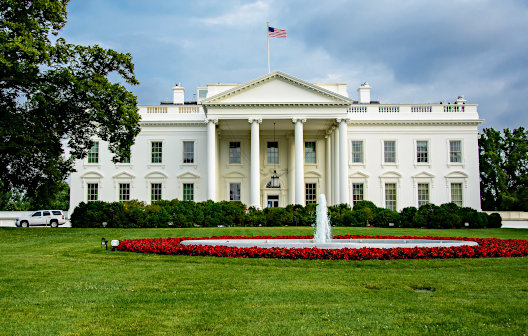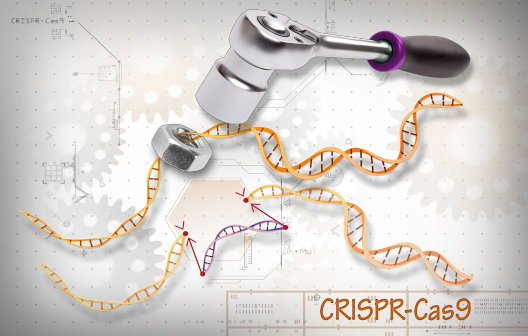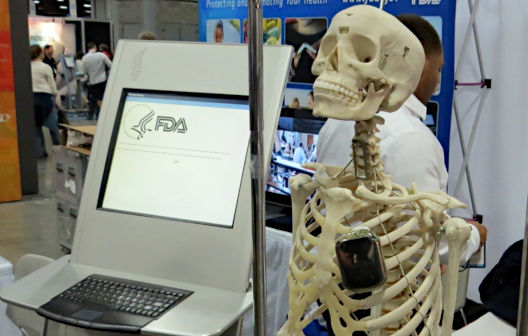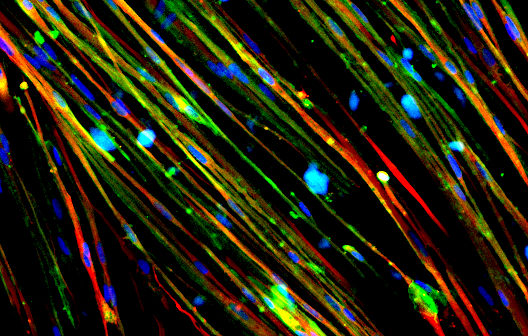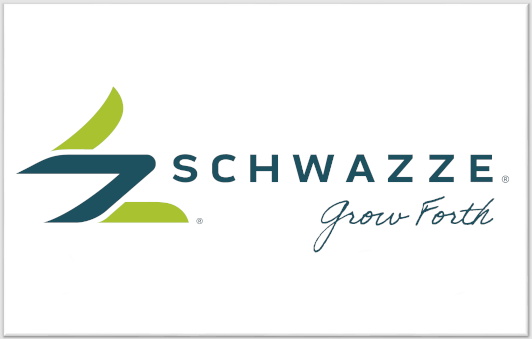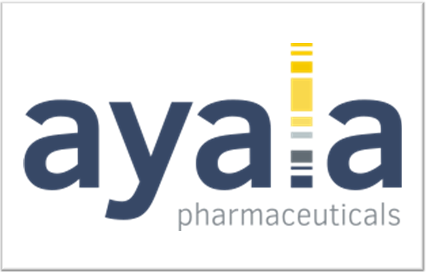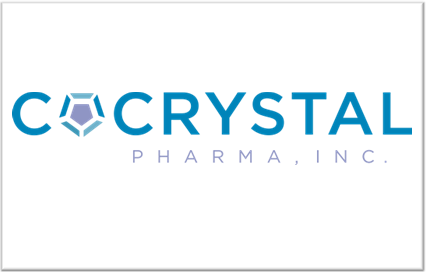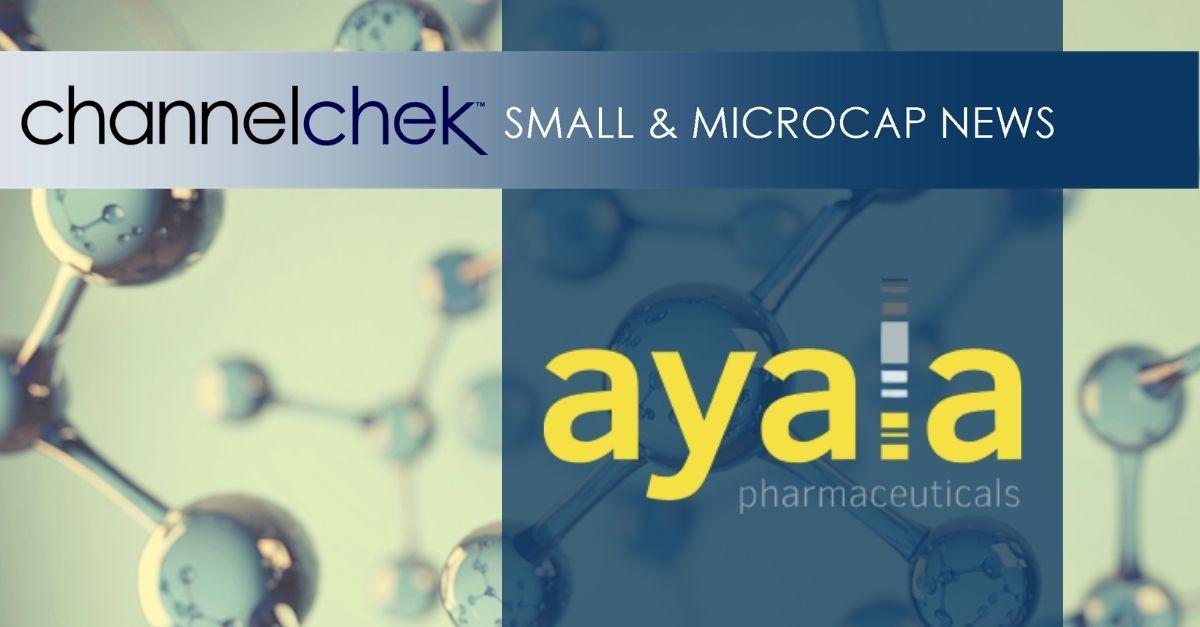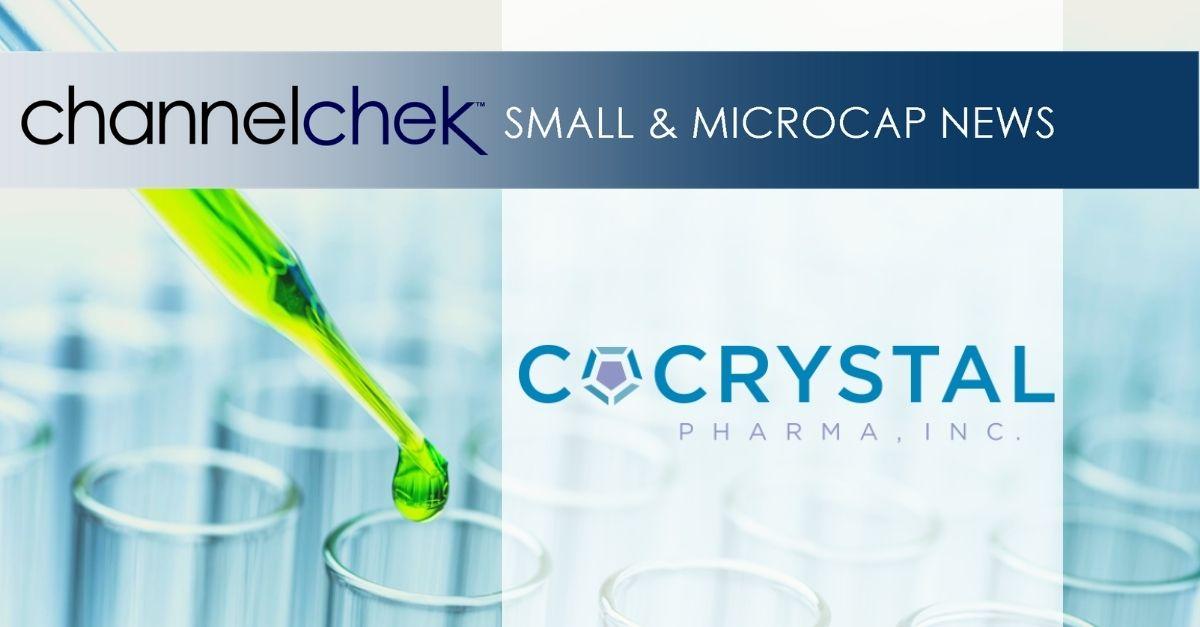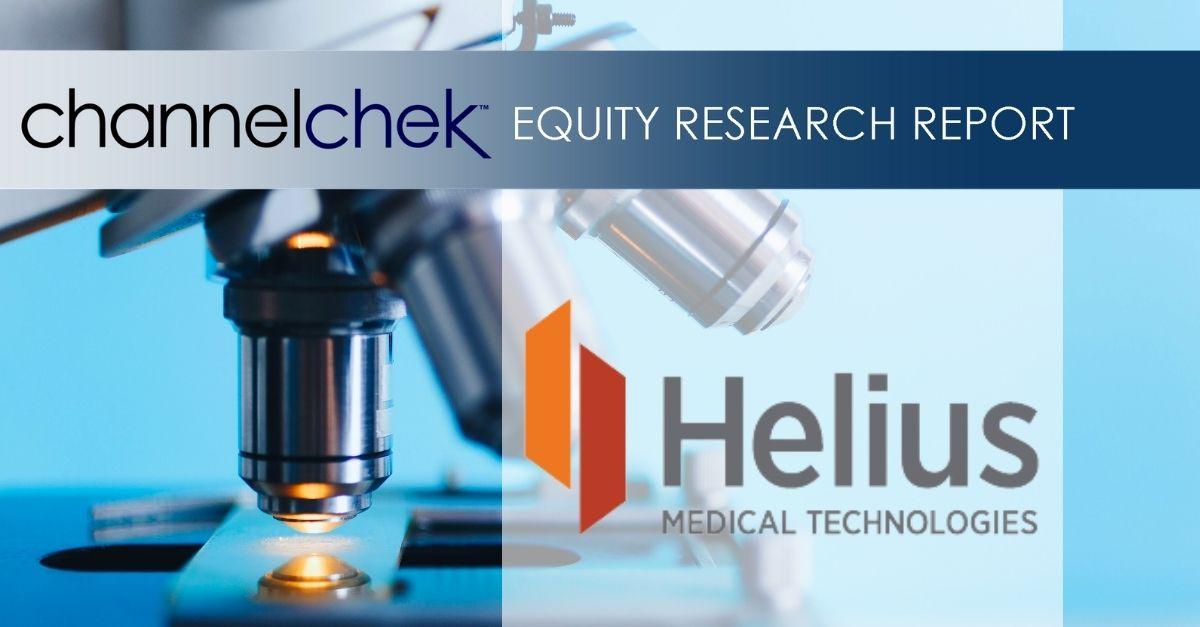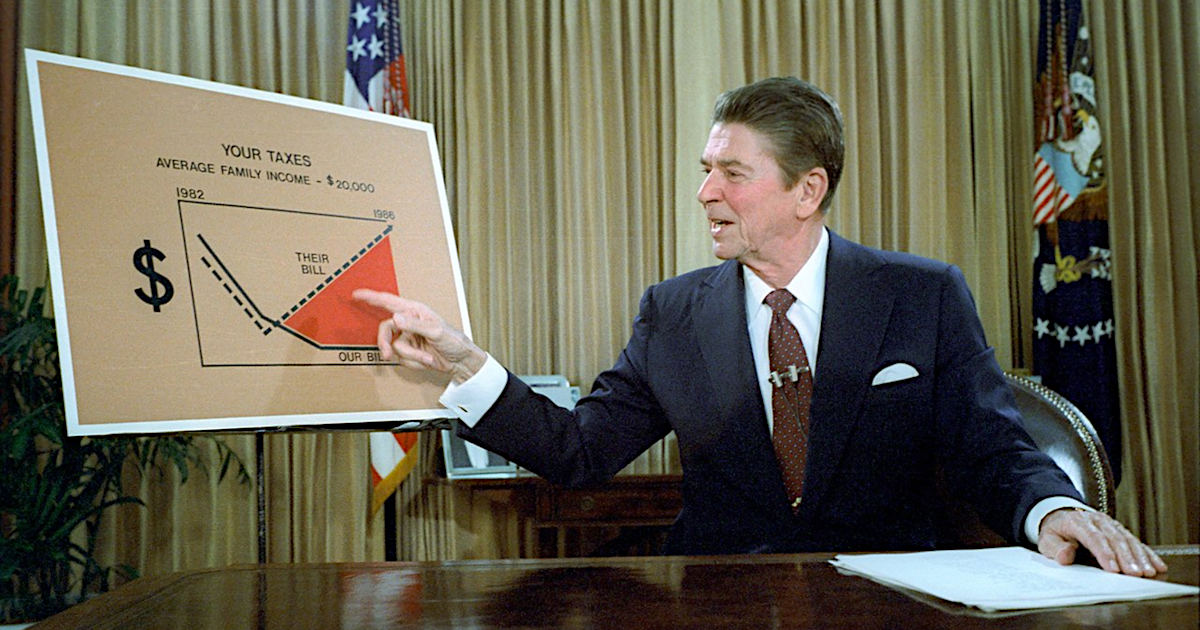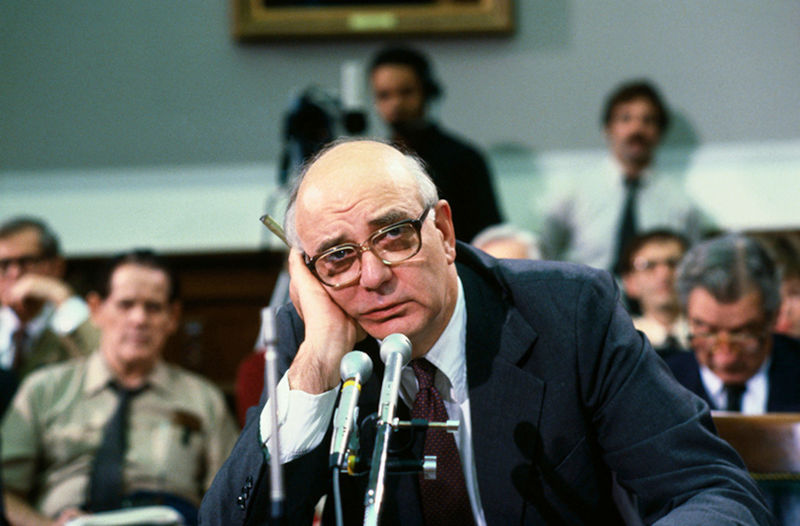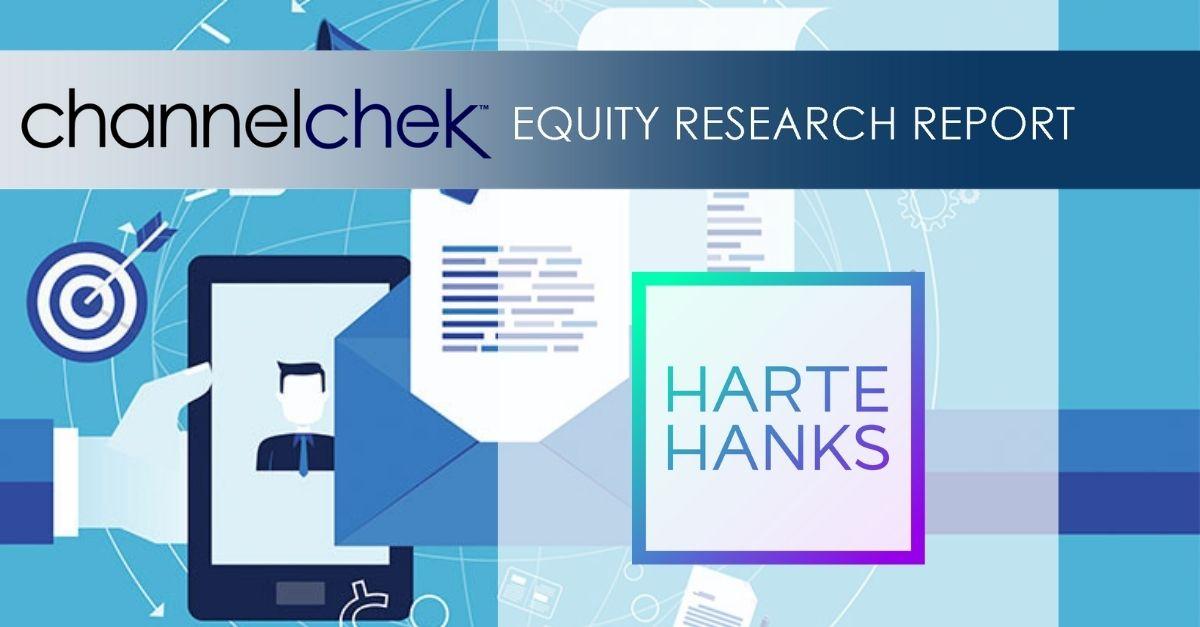
Cocrystal Pharma Reports Third Quarter Financial Results and Provides an Update on Development Programs and Milestones
- Submitted pre-IND briefing package to the FDA for intranasal/pulmonary CDI-45205 for the treatment of COVID-19 and sets goal of initiating IND-enabling study and Phase 1 in 2022
- Advance oral COVID-19 program with goal of initiating IND-enabling study and Phase 1 in 2022
- Received regulatory clearance to initiate a Phase 1 trial in Australia with orally administered CC-42344 for the treatment of pandemic and seasonal influenza A
BOTHELL, Wash., Nov. 15, 2021 (GLOBE NEWSWIRE) — Cocrystal Pharma, Inc. (Nasdaq: COCP) (“Cocrystal” or the “Company”), a clinical-stage biotechnology company, reports financial results for the three and nine months ended September 30, 2021, and provides updates on its antiviral pipeline, upcoming milestones and business activities.
“Today we are reporting progress with our promising COVID-19 antiviral development programs along with setting the goal of beginning first-in-human clinical studies with our novel SARS-CoV-2 protease inhibitors in 2022,” said Sam Lee, Ph.D., co-interim CEO and President of Cocrystal. “We expect comments from the U.S. Food and Drug Administration (FDA) by mid-December on our pre-IND briefing package for our intranasal/pulmonary-delivered SARS-CoV-2 protease inhibitor CDI-45205, our most advanced SARS-CoV-2 program. The FDA’s comments will be useful in designing the Phase 1 and Phase 2 clinical trial protocols for this program.
“Under our second SARS-CoV-2 program, this one targeting oral administration, by year-end 2021 we expect to select a lead candidate from novel SARS-CoV-2 protease inhibitors discovered using our proprietary structure-based technology,” he added. “We will then prepare a pre-IND briefing package to submit to the FDA with the goal of initiating a clinical trial in 2022. Work also continues with a third COVID-19 program using our platform to discover oral replication inhibitors for the treatment of COVID-19.
“Regarding our influenza programs, our supplier is manufacturing our novel PB2 inhibitor CC-42344 for pandemic and seasonal influenza A. We expect patient enrollment in our Phase 1 trial to begin in early 2022 with data readouts later that same year,” said Dr. Lee. “With the influenza A/B program, we anticipate providing an update on the development of the compounds jointly discovered with Merck using our technology platform in the first quarter 2022.”
“With the proceeds from financings completed earlier this year and a clean balance sheet, we believe our capital is sufficient to fund planned operations. This outlook includes our goal of having multiple high-value antiviral compounds in clinical development next year as we advance our programs toward commercialization,” said James Martin, co-interim CEO and CFO. “We are aggressively pursuing the advancement of these potent compounds as we navigate a challenging global supply chain. Thankfully our strong partnership with CROs has benefited us to that extent.”
Antiviral Pipeline Overview
COVID-19 and Other Coronavirus Programs
- Intranasal/Pulmonary Protease Inhibitor
- Our lead therapeutic molecule CDI-45205 was among the broad-spectrum viral protease inhibitors obtained from Kansas State University Research Foundation (KSURF) under an exclusive license agreement announced in 2020. We believe the protease inhibitors obtained from KSURF have the ability to inhibit the inactive SARS-CoV-2 polymerase replication enzymes into an active form.
- CDI-45205 and several analogs showed potent in vitro activity against the SARS-CoV-2 Delta (India/B.1.617.2), Gamma (Brazil/P.1), Alpha (United Kingdom/B.1.1.7) and Beta (South African/B.1.351) variants, surpassing the activity observed with the original or wild-type Wuhan strain.
- CDI-45205 demonstrated good bioavailability in mouse and rat pharmacokinetic studies via intraperitoneal injection, and no cytotoxicity against a variety of human cell lines. CDI-45205 also demonstrated a strong synergistic effect with the FDA-approved COVID-19 medicine remdesivir.
- A proof-of-concept animal study demonstrated that daily injection of CDI-45205 exhibited favorable in vivo efficacy in mice infected with MERS-CoV-2.
- Oral Protease Inhibitors
- Using our drug discovery platform, we discovered and are developing novel SARS-CoV-2 3CL protease inhibitors and anticipate identifying a preclinical 3CL lead for oral administration by the end of 2021.
- We plan to submit a pre-IND briefing package to the FDA in the first half of 2022 to support an IND application, with the goal of progressing to IND-enabling study and Phase 1 in late 2022.
- The main SARS-CoV-2 protease inhibitors showed potent in vitro pan-viral activity against human common coronaviruses, rhinoviruses, and respiratory enteroviruses that frequently cause the common cold, as well as against noroviruses that can cause symptoms of acute gastroenteritis.
- Replication Inhibitors
- We are using our platform to seek to discover replication inhibitors for developing orally administered therapeutic and prophylactic treatments for SARS-CoV-2. Replication inhibitors have the potential to work with protease inhibitors in a combination therapy regimen.
Influenza Programs
- Pandemic and Seasonal Influenza A
- Our novel PB2 inhibitor CC-42344 has shown excellent antiviral activity against influenza A strains, including pandemic and seasonal strains, as well as strains resistant to Tamiflu and Xofluza. CC-42344 also has favorable pharmacokinetic and drug-resistance profiles.
- We have completed preclinical IND-enabling studies with CC-42344 and have received clearance from the Australian Human Research Ethics Committees (HREC) to initiate a Phase 1 clinical trial. Our supplier is manufacturing drug and we expect to begin patient enrollment in the first quarter of 2022.
- Pandemic and Seasonal Influenza A/B program
- In January 2019 we entered into an Exclusive License and Research Collaboration Agreement with Merck Sharp & Dohme Corp. to discover and developed certain proprietary influenza A/B antiviral agents that are effective against both influenza A and B strains. This agreement includes milestone payments of up to $156 million plus royalties on sales of products discovered under the agreement.
- In January 2021 we announced completion of all research obligations under the agreement. Merck is now solely responsible for further preclinical and clinical development of the influenza A/B antiviral compounds discovered under this agreement. We anticipate providing a program update during the first quarter of 2022.
- The World Health Organization (WHO) estimates there are approximately 1 billion cases of influenza annually worldwide, resulting in 3 million to 5 million cases of severe illness and 290,000 to 650,000 deaths. The Centers for Disease Control and Prevention (CDC) estimates that since 2010 influenza has caused 9 million to 45 million illnesses in the U.S. annually, resulting in 140,000 to 810,000 hospitalizations and 12,000 to 61,000 deaths each year.
Norovirus Program
- We are developing certain proprietary broad-spectrum antiviral compounds to treat norovirus infections.
- Norovirus is a global public health problem responsible for nearly 90% of epidemic, non-bacterial outbreaks of gastroenteritis around the world.
Hepatitis C Program
- We are seeking a partner to advance the development of CC-31244 following completion of a Phase 2a trial. This compound has shown favorable safety and preliminary efficacy in a triple regimen Phase 2a study in combination with Epclusa (sofosbuvir/velpatasvir) for the ultra-short duration treatment of individuals infected with the hepatitis C virus (HCV).
- HCV is a viral infection of the liver that causes both acute and chronic infection. According to the WHO, in 2017 an estimated 71 million people worldwide had chronic HCV infection, including 3.5 million in the U.S. Approximately 399,000 people die each year from HCV infection, mostly from cirrhosis and hepatocellular carcinoma.
Third Quarter Financial Results
Throughout 2020 Cocrystal reported quarterly revenues under an influenza A/B collaboration with Merck consisting of research and development (R&D) services performed by Cocrystal and reimbursed by Merck.
As discussed above, in January 2021 Merck assumed all activities and expenses associated with the continued development of the influenza A/B compounds discovered under this collaboration. As anticipated, Cocrystal reported no revenues for the third quarter of 2021 compared with $489,000 in revenues for the third quarter of 2020. Under the terms of the Merck collaboration, Cocrystal is eligible to receive up to $156 million in payments related to designated developments, regulatory and sales milestones, as well as royalties on product sales.
R&D expenses for the third quarter of 2021 were $2.2 million compared with $2.1 million for the third quarter of 2020, with the increase primarily related to COVID-19 and influenza programs advancement. The Company expects R&D expenses to increase in the fourth quarter of 2021 due to the advancement of our influenza A program into clinical trials and progress with our pre-clinical COVID-19 program toward clinical development. General and administrative (G&A) expenses for the third quarter of 2021 were $1.8 million compared with $1.1 million for the prior-year quarter, with the increase primarily due to litigation settlements.
The net loss for the third quarter of 2021 was $3.9 million, or $0.04 per share, compared with a net loss for the third quarter of 2020 of $2.7 million, or $0.05 per share.
Year to Date Financial Results
The Company reported no revenues for the first nine months of 2021 versus $1.5 million for the first nine months of 2020. The 2020 revenues were from reimbursed R&D services performed under the influenza A/B program with Merck.
R&D expenses for the first nine months of 2021 increased 22% to $6.5 million and G&A expenses decreased 6% to $4.0 million, both compared with the first nine months of 2020. The higher R&D expenses in 2021 were primarily due to COVID-19 and influenza programs advancement.
The net loss for the nine months ended September 30, 2021 was $10.5 million, or $0.12 per share, compared with a net loss for the nine months ended September 30, 2020 of $8.2 million, or $0.16 per share.
The Company reported unrestricted cash of $61.6 million as of September 30, 2021 compared with $33.0 million as of December 31, 2020. The Company reported working capital of $61.2 million as of September 30, 2021.
About Cocrystal Pharma, Inc.
Cocrystal Pharma, Inc. is a clinical-stage biotechnology company discovering and developing novel antiviral therapeutics that target the replication process of influenza viruses, coronaviruses (including SARS-CoV-2), hepatitis C viruses and noroviruses. Cocrystal employs unique structure-based technologies and Nobel Prize-winning expertise to create first- and best-in-class antiviral drugs. For further information about Cocrystal, please visit www.cocrystalpharma.com.
Cautionary Note Regarding Forward-Looking Statements
press release contains forward-looking statements within the meaning of the Private Securities Litigation Reform Act of 1995, including statements regarding our goals of initiating Phase 1 studies in 2022, selection of a lead candidate for our second SARS-CoV-2 program by year end, our attempts to discover replication inhibitors, our initiation of the Australian clinical trial, our development of antiviral treatments for norovirus, our expectations concerning R&D expenses, our plans to provide a program update on the Merck influenza A/B research, and our liquidity. The words “believe,” “may,” “estimate,” “continue,” “anticipate,” “intend,” “should,” “plan,” “could,” “target,” “potential,” “is likely,” “will,” “expect” and similar expressions, as they relate to us, are intended to identify forward-looking statements. We have based these forward-looking statements largely on our current expectations and projections about future events. Some or all of the events anticipated by these forward-looking statements may not occur. Important factors that could cause actual results to differ from those in the forward-looking statements include, but are not limited to, the risks arising from supply chain disruptions on our ability to obtain products including raw materials and test animals as well as similar problems with our vendors and our current CRO and future CROs and CMOs, the impact of the COVID-19 pandemic on the national and global economy, the ability of our CROs to recruit volunteers for, and to proceed with, clinical trials, possible delays resulting from the lockdown in Australia, the cooperation of the FDA in accelerating development in our COVID-19 program, our reliance on Merck for further development in the influenza A/B program under the license and collaboration agreement, our collaboration partners’ technology and software performing as expected, the results of future preclinical and clinical trials, general risks arising from clinical trials, receipt of regulatory approvals, regulatory changes, and development of effective treatments and/or vaccines by competitors, including as part of the programs financed by the U.S. government. Further information on our risk factors is contained in our filings with the SEC, including our Annual Report on Form 10-K for the year ended December 31, 2020. Any forward-looking statement made by us herein speaks only as of the date on which it is made. Factors or events that could cause our actual results to differ may emerge from time to time, and it is not possible for us to predict all of them. We undertake no obligation to publicly update any forward-looking statement, whether as a result of new information, future developments or otherwise, except as may be required by law.
Investor Contact:
LHA Investor Relations
Jody Cain
310-691-7100
jcain@lhai.com
Financial Tables to follow
COCRYSTAL PHARMA, INC.
CONSOLIDATED BALANCE SHEETS
(in thousands)
| |
|
September 30, 2021 |
|
|
December 31, 2020 |
|
| |
|
(unaudited) |
|
|
|
|
| Assets |
|
|
|
|
|
|
|
|
| Current assets: |
|
|
|
|
|
|
|
|
| Cash |
|
$ |
61,644 |
|
|
$ |
33,010 |
|
| Restricted cash |
|
|
50 |
|
|
|
50 |
|
| Accounts receivable |
|
|
– |
|
|
|
556 |
|
| Prepaid expenses and other current assets |
|
|
747 |
|
|
|
399 |
|
| Total current assets |
|
|
62,441 |
|
|
|
34,015 |
|
| Property and equipment, net |
|
|
493 |
|
|
|
591 |
|
| Deposits |
|
|
46 |
|
|
|
46 |
|
| Operating lease right-of-use assets, net (including $167 and $37, respectively, to related party) |
|
|
526 |
|
|
|
498 |
|
| Goodwill |
|
|
19,092 |
|
|
|
19,092 |
|
| Total assets |
|
$ |
82,598 |
|
|
$ |
54,242 |
|
| Liabilities and stockholders’ equity |
|
|
|
|
|
|
|
|
| Current liabilities: |
|
|
|
|
|
|
|
|
| Accounts payable and accrued expenses |
|
$ |
961 |
|
|
$ |
1,080 |
|
| Current maturities of finance lease liabilities |
|
|
29 |
|
|
|
39 |
|
| Current maturities of operating lease liabilities (including $167 and $39, respectively, to related party) |
|
|
204 |
|
|
|
178 |
|
| Derivative liabilities |
|
|
34 |
|
|
|
61 |
|
| Total current liabilities |
|
|
1,228 |
|
|
|
1,358 |
|
| Long-term liabilities: |
|
|
|
|
|
|
|
|
| Finance lease liabilities |
|
|
14 |
|
|
|
34 |
|
| Operating lease liabilities |
|
|
344 |
|
|
|
345 |
|
| Total long-term liabilities |
|
|
358 |
|
|
|
379 |
|
| Total liabilities |
|
|
1,586 |
|
|
|
1,737 |
|
| Commitments and contingencies (note 9) |
|
|
|
|
|
|
|
|
| Stockholders’ equity: |
|
|
|
|
|
|
|
|
| Common stock, $0.001 par value; 150,000 shares authorized; 97,469 and 70,439 shares issued and outstanding as of September 30, 2021 and December 31, 2020, respectively |
|
|
98 |
|
|
|
71 |
|
| Additional paid-in capital |
|
|
336,322 |
|
|
|
297,342 |
|
| Accumulated deficit |
|
|
(255,408 |
) |
|
|
(244,908 |
) |
| Total stockholders’ equity |
|
|
81,012 |
|
|
|
52,505 |
|
| Total liabilities and stockholders’ equity |
|
$ |
82,598 |
|
|
$ |
54,242 |
|
COCRYSTAL PHARMA, INC.
CONSOLIDATED STATEMENTS OF OPERATIONS
(in thousands, except per share data)
| |
|
Three months ended
September 30, |
|
|
Nine months ended
September 30, |
|
| |
|
2021 |
|
|
2020 |
|
|
2021 |
|
|
2020 |
|
| |
|
|
|
|
|
|
|
|
|
|
|
|
| Revenues: |
|
|
|
|
|
|
|
|
|
|
|
|
|
|
|
|
| Collaboration revenue |
|
$ |
– |
|
|
$ |
489 |
|
|
$ |
– |
|
|
$ |
1,504 |
|
| |
|
|
– |
|
|
|
489 |
|
|
|
– |
|
|
|
1,504 |
|
| Operating expenses: |
|
|
|
|
|
|
|
|
|
|
|
|
|
|
|
|
| Research and development |
|
|
2,165 |
|
|
|
2,077 |
|
|
|
6,489 |
|
|
|
5,336 |
|
| General and administrative |
|
|
1,788 |
|
|
|
1,121 |
|
|
|
4,030 |
|
|
|
4,284 |
|
| Total operating expenses |
|
|
3,953 |
|
|
|
3,198 |
|
|
|
10,519 |
|
|
|
9,624 |
|
| |
|
|
|
|
|
|
|
|
|
|
|
|
|
|
|
|
| Loss from operations |
|
|
(3,953 |
) |
|
|
(2,709 |
) |
|
|
(10,519 |
) |
|
|
(8,120 |
) |
| |
|
|
|
|
|
|
|
|
|
|
|
|
|
|
|
|
| Other income (expense): |
|
|
|
|
|
|
|
|
|
|
|
|
|
|
|
|
| Interest expense, net |
|
|
(1 |
) |
|
|
(2 |
) |
|
|
(4 |
) |
|
|
(6 |
) |
| Foreign exchange loss |
|
|
(4 |
) |
|
|
– |
|
|
|
(4 |
) |
|
|
– |
|
| Change in fair value of derivative liabilities |
|
|
17 |
|
|
|
41 |
|
|
|
27 |
|
|
|
(29 |
) |
| Total other income (expense), net |
|
|
12 |
|
|
|
39 |
|
|
|
19 |
|
|
|
(35 |
) |
| Net loss |
|
$ |
(3,941 |
) |
|
$ |
(2,670 |
) |
|
$ |
(10,500 |
) |
|
$ |
(8,155 |
) |
| |
|
|
|
|
|
|
|
|
|
|
|
|
|
|
|
|
| Net loss per common share, basic and diluted |
|
$ |
(0.04 |
) |
|
$ |
(0.05 |
) |
|
|
(0.12 |
) |
|
|
(0.16 |
) |
| Weighted average number of common shares outstanding, basic and diluted |
|
|
97,469 |
|
|
|
57,555 |
|
|
|
85,301 |
|
|
|
50,491 |
|
Source: Cocrystal Pharma, Inc.
